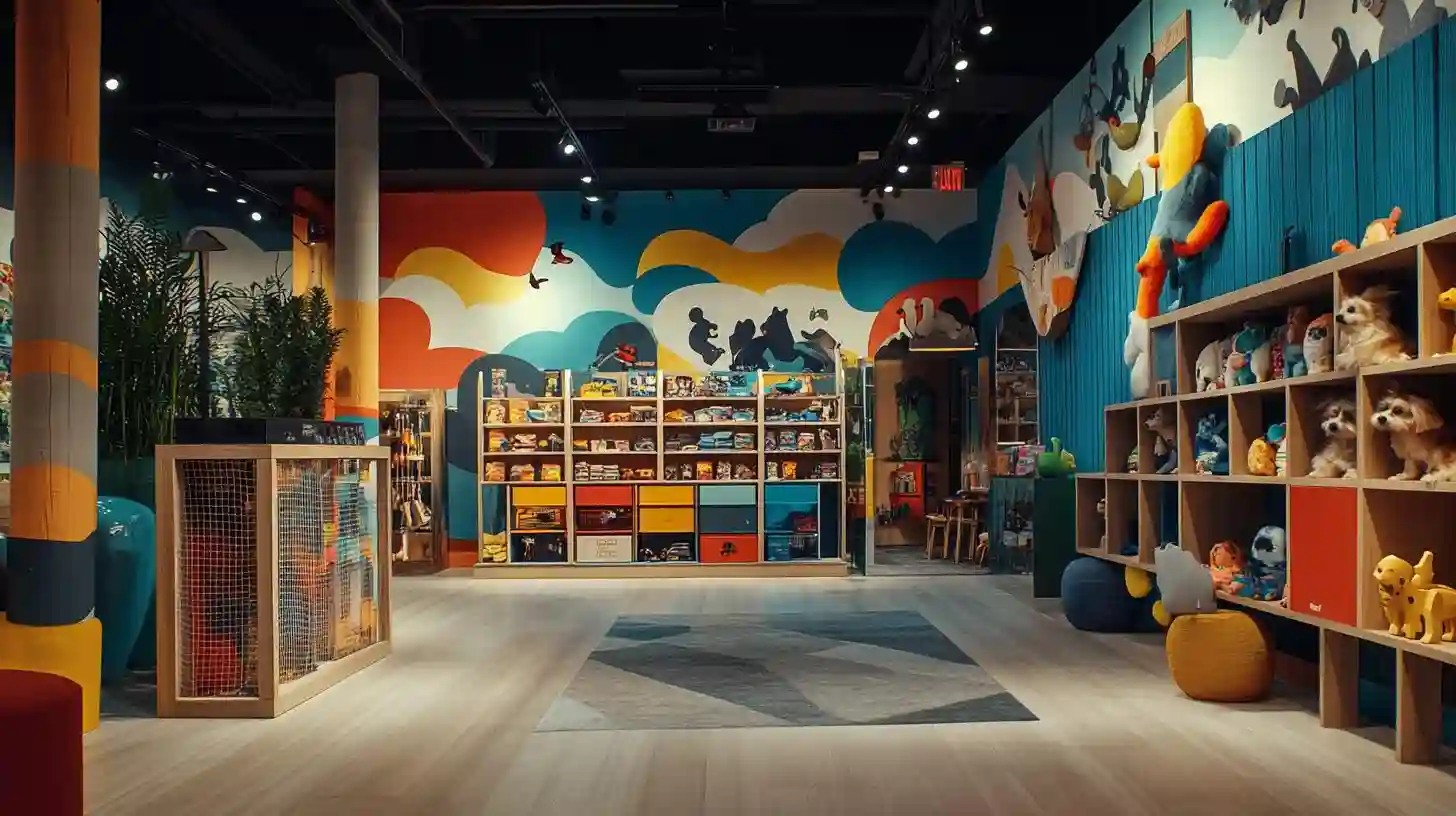
**The Handshake: A Timeless Gesture of Connection**
The handshake transcends cultures, symbolizing trust and agreement. As societal norms evolve, its significance transforms, adapting to new contexts. Despite challenges like health concerns, the handshake remains a powerful tool for establishing connections, reflecting both tradition and modernity in interpersonal relationships.
**The Handshake: A Universal Gesture with Cultural Significance**
The handshake, a simple action of clasping and shaking hands, transcends language and cultural divides, serving as a fundamental form of human interaction. While seemingly a universal way to greet or part ways, the origins and meanings of the handshake vary significantly across cultures. Understanding these nuances enhances our appreciation of human interactions and equips us to engage effectively in a globally connected world.
Historically, the handshake has deep roots, with some scholars tracing its origins back to ancient times. It is believed to have originated as an act of peace, allowing individuals to demonstrate that they came unarmed and were not a threat to each other. Handshakes have been depicted in ancient art, showcasing their longstanding significance.
In various cultures, the meanings surrounding the handshake can shift dramatically. In Western contexts, a handshake is often viewed as a formal greeting or farewell. An assertive handshake conveys confidence, respect, and mutual agreement, while its firmness or softness can signal personality traits and intentions. People often gauge the character of business partners or friends through the handshake they offer.
Conversely, in some Eastern cultures, such as Japan, the greeting is far more complex and interwoven with social hierarchy. Here, bowing is the primary form of greeting, with handshakes reserved for more formal contexts or among close acquaintances. When a handshake occurs, it is typically gentler than the firm grips favored in the West, highlighting the importance of respect and social status in Japanese culture.
In the Middle East, handshake customs may differ based on gender, relationship, and cultural norms. While handshakes are common, it is generally inappropriate for men and women to shake hands unless familiarity exists or explicit permission is granted. This points to deeper considerations of gender and propriety influencing interpersonal interactions.
In various African nations, handshakes can be more elaborate and may include specific rituals or additional movements. For example, in parts of Nigeria, handshakes may involve clapping or sequences of hand movements that reflect the relationship and status of the individuals involved. This underscores the rich diversity of cultural expressions associated with what may seem like a simple act elsewhere.
Latin America offers another perspective, particularly in Brazil, where greetings are warm and enthusiastic. Handshakes may combine with hugs or cheek kisses, symbolizing a heartfelt connection rather than mere formality. The vitality of human interaction in these cultures emphasizes emotional expressiveness, reinforcing a sense of belonging.
Despite variations in execution, the underlying intention remains consistent: to make a connection, reaffirm mutual respect, and establish a bond. This act holds significance in both private and public life, where rituals of greeting express goodwill and acceptance.
The evolution of technology has introduced complexities to traditional gestures like the handshake. Virtual meetings can overshadow the need for physical contact. However, the return to in-person interactions in a post-pandemic world has highlighted the importance of physical greetings. The handshake, with its nuances—warmth or firmness—strengthens relationships and fosters community.
Nevertheless, the handshake faces modern controversies, especially concerning hygiene. Many individuals now consider alternatives, such as fist bumps or elbow bumps, reflecting a society increasingly aware of health and safety practices.
The handshake remains a recognizable greeting, with its significance shifting depending on context. In formal settings, such as job interviews or international diplomacy, a well-executed handshake can set the tone for interactions, manifesting deeper meanings of trust and shared goals.
Across generations, the handshake embodies humanity’s need for connection and authenticity. While societal changes influence the rituals defining human interaction, the pursuit of connection remains constant. As we explore the multifaceted culture of the handshake, it becomes clear that this gesture holds profound significance in facilitating social relations across cultures. Embracing its variations enhances our ability to communicate effectively in an increasingly interconnected world.
Technology Blog





















